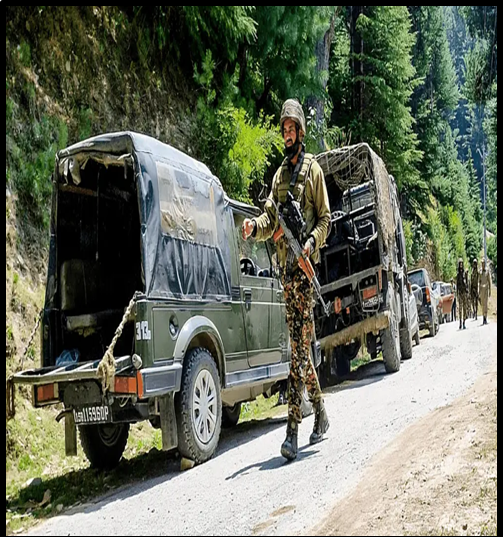JAMMU STRENGTHENS COUNTER-TERRORISM WITH NEW TROOP DEPLOYMENTS
Why in the news?
Jammu is reinforcing its counter-terrorism efforts with the induction of 3,000 Army troops and 500 Special Forces, addressing recent security challenges and filling gaps left by redeployed forces.
source:medium
Enhancing Jammu’s Counter-Terrorism Grid
- Current Situation:
- Jammu has faced increased security challenges due to terrorist activities, including newly infiltrated groups backed by Pakistan.
- Security forces have suffered significant losses, partly due to the redeployment of troops to the Line of Actual Control (LAC) post-Galwan incident in June 2020.
- To address this, around 3,000 additional Army troops and 500 Special Forces have been deployed to bolster counter-terror operations.
- Counter-Terror Grid and Deployment:
- A counter-terrorism grid involves strategically deploying units in vulnerable areas to limit terrorist movement.
- Effective deployment requires understanding terrain, local populations, and maintaining psychological operations.
- Newly inducted troops face the challenge of integrating into the area, gaining local support, and adapting to the operational environment.
- Historical Context and Lessons:
- The Assam Rifles have previously been successful in Jammu and Kashmir, notably during Operation Dudhi in May 1991.
- The success of past operations highlights the importance of allowing commanding officers to lead and maintain operational control.
- For effective deployment, new units should integrate with existing forces rather than operate independently, ensuring a cohesive and informed approach.
Framework Related to Terrorism in India:
Domestic Laws:
Institutional Framework:
Emerging Forms of Terrorism:
|




